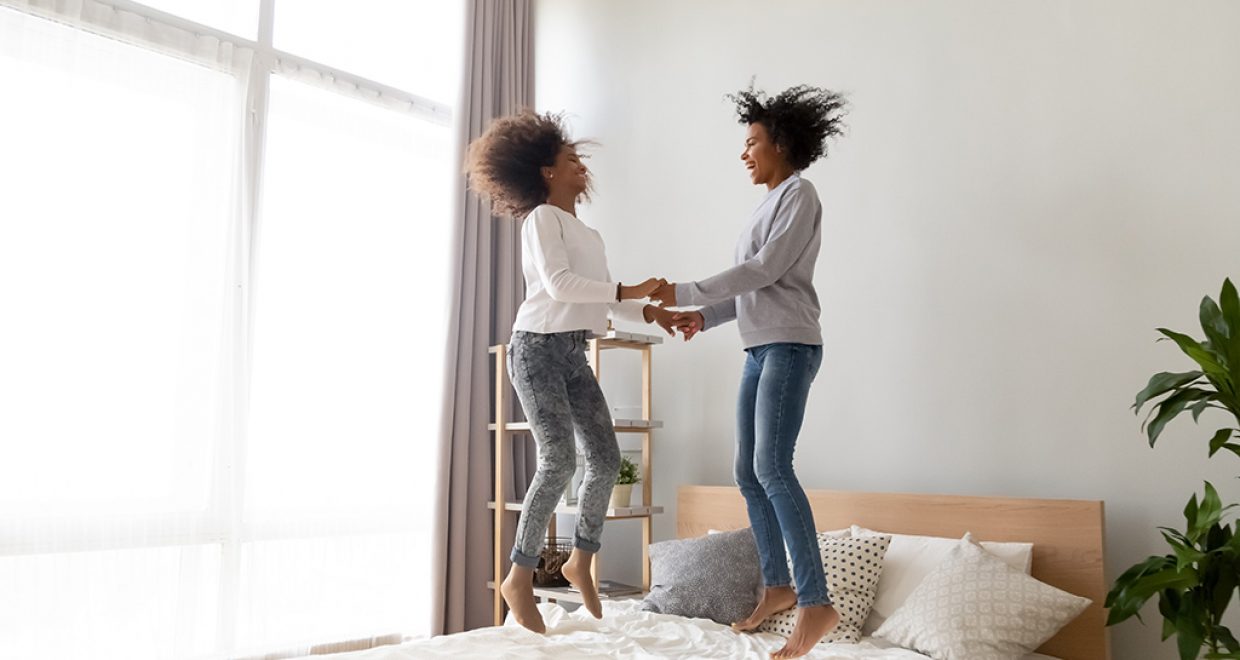Sedentary behaviour: a possible risk factor in teen mental health
Anxiety symptoms can be debilitating. They create barriers to daily living through overwhelming feelings of worry, fear, and arousal in everyday situations. These symptoms are common in adolescents and sometimes develop into anxiety disorders, a leading cause of global disability.
Beyond their immediate impact on daily functioning, people with anxiety disorders are also more likely to experience long-term physical health problems, such as cardiovascular disease and early death.
The prevention puzzle
The individual and societal benefits to preventing anxiety symptoms and disorders are substantial. But so are the challenges with doing so. Anxiety symptoms are dynamic, affect people differently, and are subject to an array of contrasting influences.
Approaches to preventing anxiety must join together psychological, social, and behavioural pieces of a jigsaw puzzle that varies from person-to-person.
Too much sitting
Amidst the complexity, our new paper highlights one relatively simple but worryingly common piece of the prevention puzzle: young people are spending an increasing proportion of the day sitting down, which could affect their mental health.
We looked at daily movement patterns in around 4,000 adolescents at ages 12, 14, and 16 using activity-tracking devices. Participants in the study also reported on their anxiety symptoms at each time point and again at age 18.
We found that adolescents who spent more time sitting down each day at ages 12 to 16 were more likely to experience anxiety symptoms by age 18.
This association between sitting and anxiety remained after we adjusted our analysis for several factors that might have explained the finding. For example, we included baseline anxiety symptoms to account for the possibility that people with anxiety symptoms were already more inactive.
Rescheduling
We must also consider whether alternative uses of time are more beneficial than sitting for mental health. Sitting always comes at the cost of physical activity.
One way to think about physical activity is by how intense it is. Light-intensity activities can include anything from gentle stretches to walking at a casual pace. Moderate or vigorous-intensity activities range from brisk walking to running or cycling.
Our analysis estimated that replacing an hour of daily sitting time with light-intensity activity during adolescence was associated with 12% to 16% lower anxiety symptom scores at 18. There was no clear difference in anxiety scores when replacing sitting with more intense forms of activity.
A light-intensity solution
Light activity accounts for most of daily movement but is rarely studied. One reason for this is the lack of continuous activity-monitoring devices in previous research. Most studies measure activity using self-report questionnaires, which rely on participants’ memory of recent or typical behaviours.
But light activity often passes by unnoticed and is difficult to capture using questionnaires alone. Its typical absence of structure and dispersion throughout the day make light activity harder to remember than intense bouts of movement, such as cycling to work or playing a sport.
The integration of light activity throughout the day is a challenge to research but a strength for interventions.
Light activity is simple, accessible, and requires few adjustments to implement into a daily routine. It could be as simple as hanging washing up while watching television or making shorter, more frequent trips to the supermarket.
Early data suggest that 3-minute light activity intervals for every 30 minutes of sitting can reduce fatigue and increase blood flow to the brain. Keeping this up for 10 hours of the waking day will replace an hour of sitting with light activity, potentially reducing adolescents’ anxiety symptoms by 12% to 16%.
Moving forward
Anxiety disorders receive substantially less empirical attention than depression. Their symptoms commonly, but not always, co-occur. Anxiety disorders have an enormous global burden that warrants more direct efforts to support prevention.
Pragmatic light activity interventions to reduce daily sitting time and prevent adolescents’ anxiety symptoms would be a step in the right direction.
More intense forms of activity have clear physical and mental health benefits. But they only take up a fraction of potential sitting time in the day compared with light activity.
There has also been little progress in promoting moderate or vigorous activity in the population, particularly young people. As global activity guidelines increasingly recognise the importance of light activity to reduce sitting, efforts to prevent anxiety must keep pace.
The article “Device-measured sedentary behaviour and anxiety symptoms during adolescence: a 6-year prospective cohort study“, by A. Kandola, G. Lewis, D.P.J. Osborn, B. Stubbs and J.F. Haye, published in Psychological Medicine, is available Open Access.






